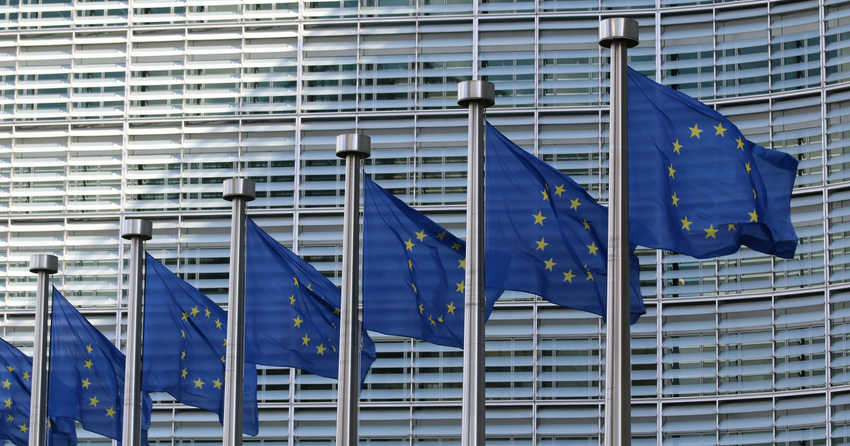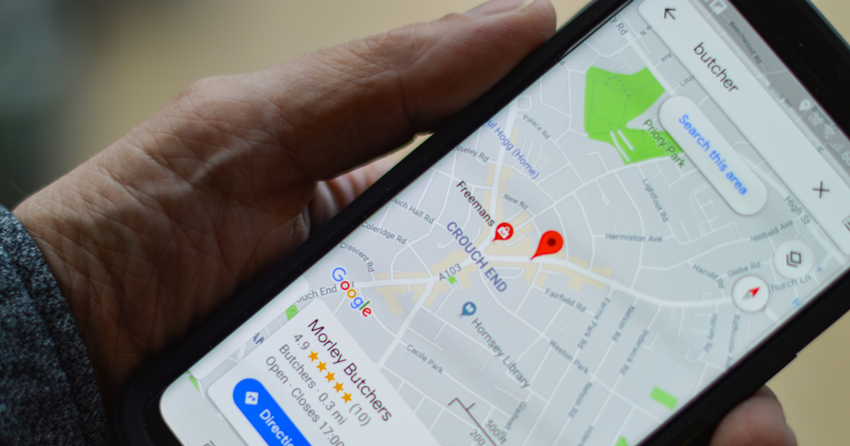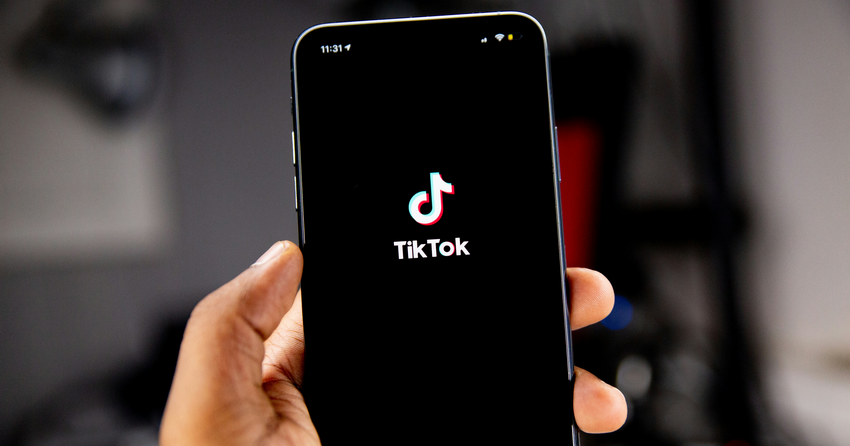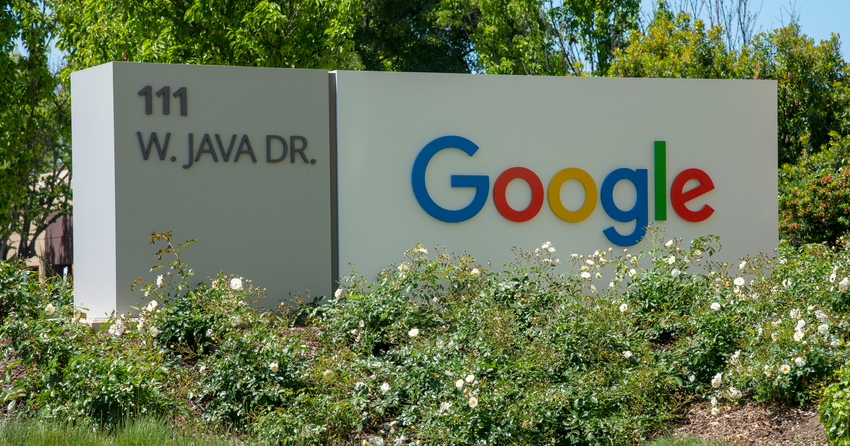What the Silicon Valley Bank Collapse Could Mean for Startups
The Silicon Valley Bank (SVB) closed March 12, following a flurry of customer withdrawals over the weekend. SVB was the 16th largest bank in the US and a top lender for tech and life sciences startups.
The collapse of SVB was swift and the repercussions are still fully being analyzed. Its collapse means many companies can no longer access their funds, putting their ability to operate at risk.
There is also the possibility that future tech startups could have difficulty securing funding and impact the Silicon Valley brand, which is often synonymous with high tech and innovation.
Last Wednesday, SVB announced that it sold “approximately $21 billion of securities, which will result in an after-tax loss of approximately $1.8 billion in the first quarter of 2023.” To compensate for the loss, the bank intended to sell $2.25 billion in new shares starting Thursday. The move was intended to calm investors and customers – but instead it had the reverse effect.
Panicking customers tried to withdraw nearly one quarter of the bank’s deposits, amounting to $42 billion in a single day.
By Thursday, the SVB’s stock dropped by 60% and by Friday, trading in SVP was stopped and all attempts to raise capital or find a buyer were put on hold.
California regulators stepped in and placed SVB under the receivership of the Federal Deposit Insurance Corporation (FDIC). The FDIC is an independent agency created by Congress to maintain the stability of the financial system and protect consumers by insuring deposits.
The FDIC created a new entity, the Deposit Insurance National Bank of Santa Clara (DINB), to “protect insured depositors” by transferring all insured deposits so that those funds were accessible to customers on Monday morning.
The amount of uninsured deposits is still being assessed and as the FDIC sells SVB assets, they may use those funds to pay uninsured depositors.
SVB was established in 1983 and has been very successful in recent years due to the combination of the low borrowing costs and an increase in demand for digital services following the global pandemic. SVB tripled its assets and doubled its workforce between the last quarter of 2019 and March 2022.
SVB had 17 branches in the United States and operated internationally. HSBC has purchased SVB UK, securing the deposits of UK tech companies.













